The SpaceX Starship: Watch It Fly For The First Time
Starship is a 100-passenger stainless steel spaceship powered by Super Heavy, a giant SpaceX rocket.
This article is more than 2 years old
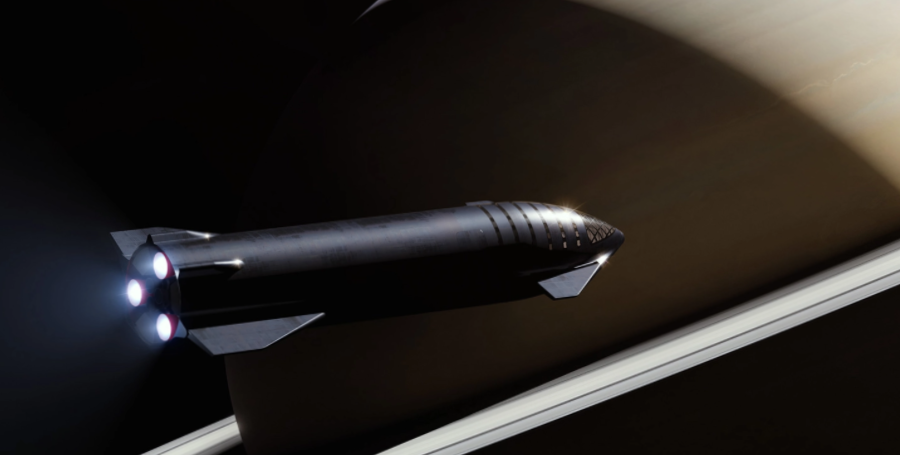
On September 29, 2019 SpaceX unveiled Starship. The reveal came with lofty goals from SpaceX founder Elon Musk. Having already changed the world with Tesla, Musk now sets his sights on revolutionizing the solar system. SpaceX and more specifically Starship, will lead the way into space.
Elon Musk turned heads in 2002 when he announced the formation of his Space Exploration Technologies Corporation or SpaceX. Musk founded SpaceX, a private American aerospace manufacturer, and space transportation services company, with an initial goal of reducing the cost for space transportation and his sights set firmly on the colonization of Mars. Musk recently unveiled a prototype of SpaceX’s Starship Mars along with some lofty goals.
Taking Flight
On the evening of August 4, 2020 the SpaceX Starship prototype took flight for the first time in a brief “hop” test. Watch it happen below…
The successful rocket was a prototype of the Starship SN5, the company’s largest prototype so far.
Starship Speedbumps: Failed Tests
On May 29, 2020 the test of a Starship SN4 prototype resulted in an explosion at the company’s testing site in South Texas. Here’s the explosion…
The test was their fifth static fire test, leading up to what would have been a hop test on June 1st. Previous tests went off without a hitch and there’s no word on what went wrong with this one.
Watch the full test failure and resulting explosion in the video below…
On February 28, 2020 SpaceX conducted a liquid nitrogen pressure test of one of its Starship prototypes. The rocket appears to have suffered a failure and totally imploded during the test near the Texas coast.
Watch Starship implode spectacularly…
A second video shows even more detail as Starship crumples under pressure and leaps into the air. Watch…
A previous test on November 19, 2019 also had trouble. A test version of SpaceX Starship, the Mk1 Starship, burst apart. To be more specific, it was the vehicle’s propellant tanks that failed midway through the test. This test, the Mk1 Starships’ first cryogenic loading test, included filling both the oxygen and methane tanks with a cryogenic liquid. Unfortunately, during the test, the top bulkhead of the Mk1 ruptured resulting in it being expelled away from the site. A large cloud of vapors followed.
Not only did the top bulkhead fail but it also appears that the bottom bulkhead failed as well. A second vapor cloud appeared at the base of the vehicle as soon as the top bulkhead failed, indicating possible failure of the entire internal tank structure. A SpaceX spokesman told The Verge, “The purpose of today’s test was to pressurize systems to the max, so the outcome was not completely unexpected. There were no injuries, nor is this a serious setback.”
It’s not known how this test failure will affect the Mk1 moving forward or how it will affect the timeline of getting the Mk1 into space. Back in September, Musk stated that he hoped to have his test Mk1 performing low altitude flights within the next couple of months, but that obviously will change. Musk took to Twitter, explaining that SpaceX may be moving on to a new Starship model that SpaceX plans to build. “This had some value as a manufacturing pathfinder, but flight design is quite different.”
Space Tourism

A big part of SpaceX’s plan for the future is space tourism. They want to make outer space accessible to everyone. The first step forward in that begins in 2021 when SpaceX will begin taking space tourists on trips to the International Space Station.
They announced that tickets to the ISS are on sale in early March of 2020. To do it they’ve partnered with a startup called Axiom Space, which will coordinate the tourist missions using SpaceX reusable rockets. They expect to be able to start by taking three tourists to the ISS in 2021. The trip will cost those space vacationers $55 million apiece.
That’s right, a trip to the ISS costs $55 million per ticket.
Tourists will travel to the ISS aboard SpaceX’s Crew Dragon capsules, not the SpaceX Starship for now. That’s largely because the Crew Dragon will be ready first. SpaceX plans to start taking astronauts to the ISS by the end of 2020. Starship is still in the testing phase.
Eventually though, expect to see Starships loaded with tourists blazing a trail across those vacation-worthy skies.
How SpaceX Got To Starship
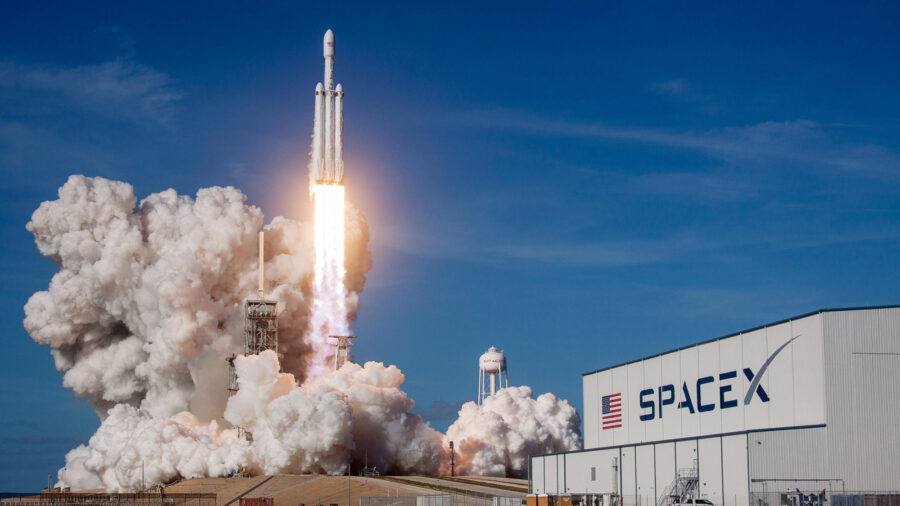
Though Musk turned heads in 2002 with the formation of his Space Exploration Technologies Corporation (SpaceX), it wasn’t until 2008 that he was able to see part of his dream become a reality. It was then that SpaceX launched the Falcon 1, a privately developed liquid-fuel rocket. It would be the first privately constructed craft to launch and reach Earth’s orbit.
After this success, the Falcon 1 was then able to deliver a satellite, the Malaysian RazakSAT, into orbit. Shortly after this success, SpaceX retired the Falcon 1. As Musk grew his SpaceX program, it was important to land the big one. And land it, he did. After SpaceX’s impressive showing with its Falcon 1 launch and satellite delivery, NASA awarded Musk a $1.6B Commercial Resupply Services (CRS) contract. The contract is for commercially operated spacecraft to deliver supplies and cargo to the International Space Station and is known as CRS 1. The initial contract called for SpaceX to fly and resupply the space station on twelve flights. Not only was SpaceX able to land CRS 1 but in 2014, NASA went back out with its second phase, CRS 2. They extended SpaceX’s contract, adding on eight more flights to give them 20. Then in January 2016, NASA again awarded SpaceX the contract, which began in 2019 and expected to run through 2024. Th
The Starship Dream
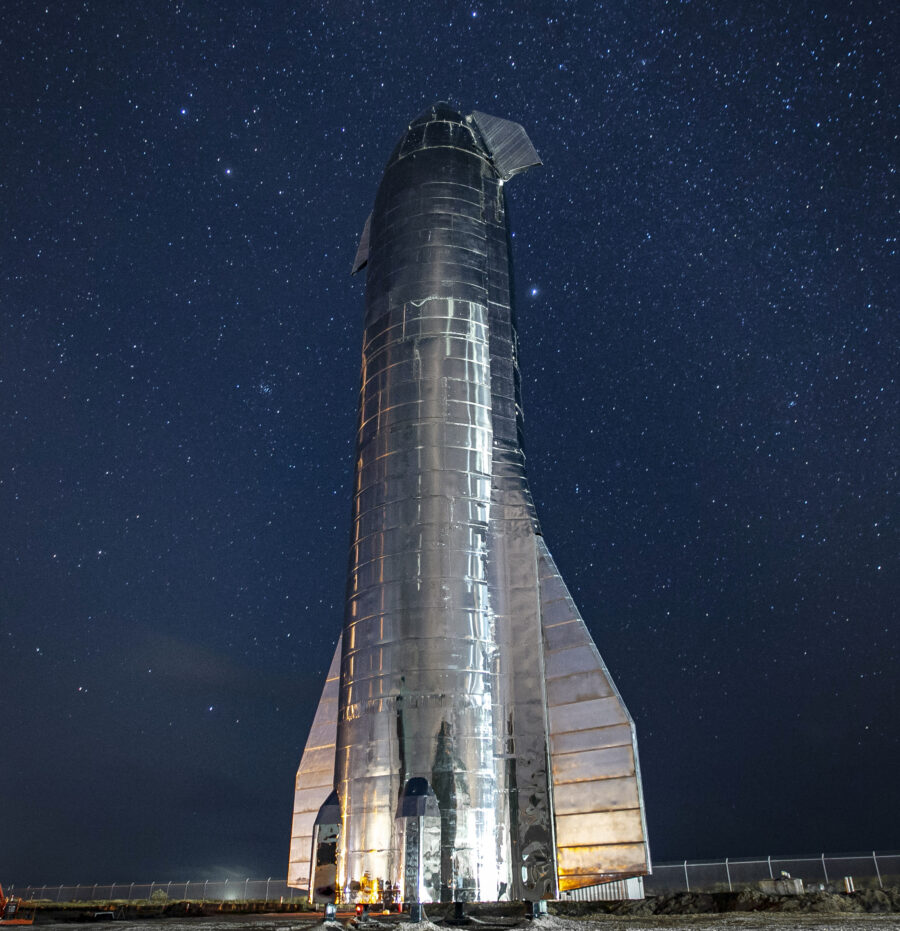
Musk’s stated goal, from which he has never wavered, is to colonize Mars. He believes that in order for humanity to survive long-term, we will must spread to another planet. That belief has been the driving force behind SpaceX’s Starship.
Starship is a 100-passenger stainless steel spaceship powered by Super Heavy, a giant SpaceX rocket. In Musk’s eyes, this transportation system will be “the fastest path to a self-sustaining city on Mars”. What makes this bit of sci-fi even more interesting is that both Starship and Super Heavy are designed to be fully reusable. Once in action, Starship will become the most powerful launch vehicle in the world.
SpaceX’s Starship Launch Plans
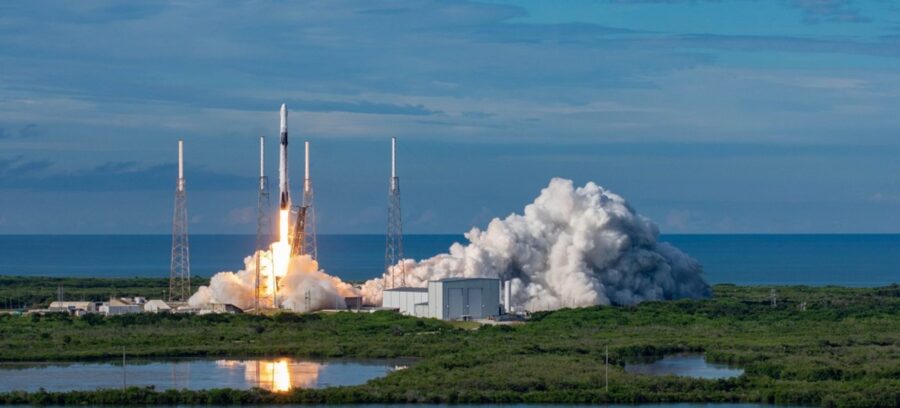
SpaceX has two build and launch sites for Starship. One in the aptly named Space Coast, Florida. The other is in Cameron County, Texas. Each site is used for both construction and testing. The goal is to have two Starships built and ready to go before they begin constructing the Super Heavy rocket which will power them. The test facility for the powerful new engine, Raptor, is located in McGregor, Texas and Raptor will be the engine that equips the Super Heavy. But Musk doesn’t plan on just building his Starship and taking it out for a ride. No, before this takes place, SpaceX will launch is test vehicle, the Starhopper, to make sure all I’s are dotted and all t’s are crossed.
SpaceX Innovating
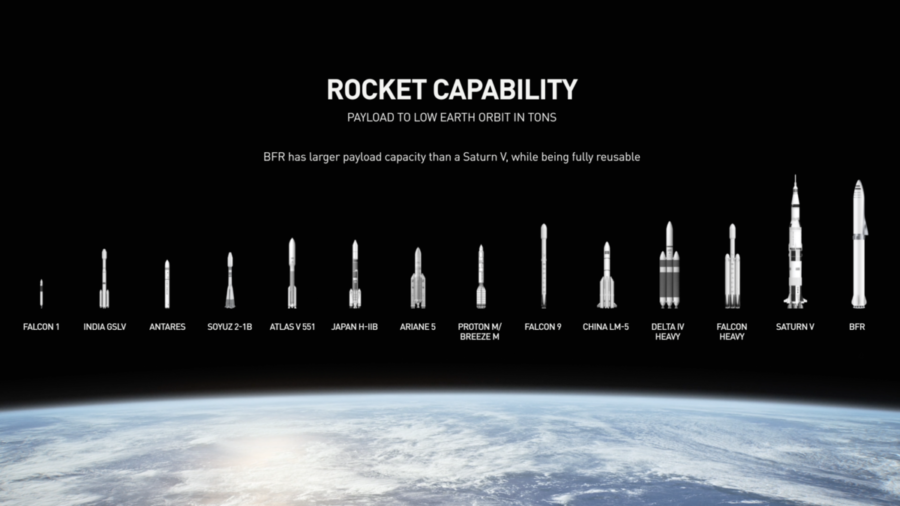
Musk’s enthusiasm is convincing enough to make people believe Mars is a realistic goal and Starship is an extension of that enthusiasm. But SpaceX’s rocket is also an extremely technical machine, a huge step forward in space technology.
Starship is built to carry a 100-passenger crew or cargo to interplanetary destinations. Starship will also have other functions as a delivery spacecraft, with the ability to transport other crafts into orbit and also serve as a recovery vehicle. Designs also show that Starship can be used as a space-debris clean-up vehicle.
Another critical use for Starship will be as a fuel tanker. With Mars as being the ultimate destination, one “fill-up” won’t be enough. So, Starship is also going to be designed as a propellant tanker with the ability to transfer propellant from one SpaceX Starship to another.
In terms of passenger crew, the Starship is designed with a large pressurized volume capacity enabling the spacecraft to employ up to 40 cabins, central storage, a galley, and large common areas. Once Mars becomes a reality, Starship will also house a solar flare shelter as well as 12 unpressurized aft cargo containers. The Super Heavy is the first stage of Starship and will be equipped with 6 Raptor engines.
SpaceX’s Starship In The Space Race
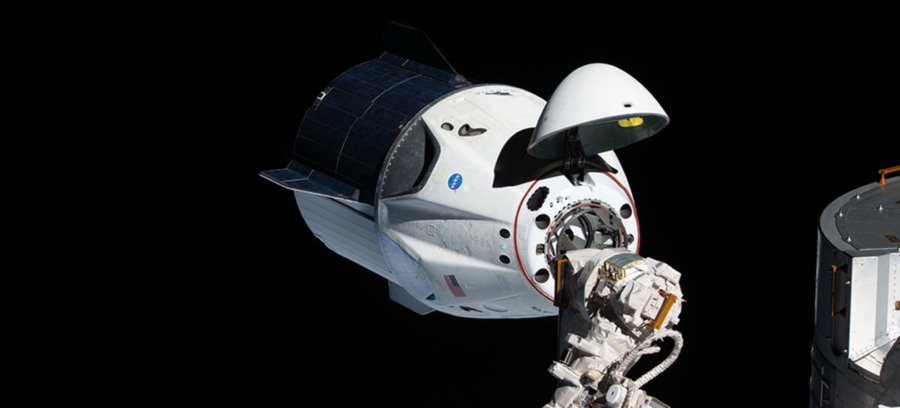
As mentioned, SpaceX has two building facilities for Starship. The company’s quick turnaround is essential in getting Starship into space. It takes SpaceX four to five months to put just one of these spacecraft together. Musk plans on building two per launch site.
While officials from SpaceX have stated in the past that they could foresee the cargo version of Starship launching satellites as soon as 2021, Musk has recently stated that a mission to space with a crew could be launched as early as 2020. How fast can all this really happen? Dreams and reality are often quite different.
How Much Does Starship Cost SpaceX?
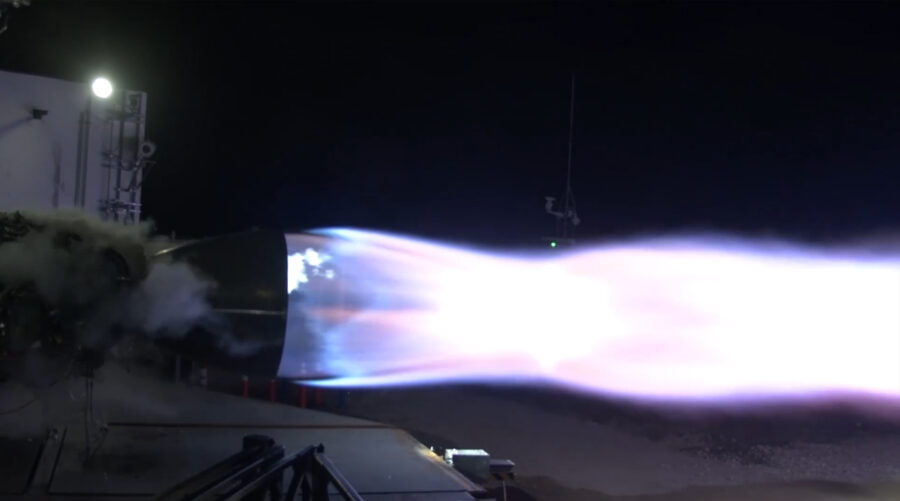
Cost is critical to Starship’s success. The biggest obstacle to space travel has always been how much it costs to get there. Initially, SpaceX planned on building Starship with carbon fiber, but the cost came in high for that, so they went to stainless steel.
Stainless steel sounded crazy at first, but SpaceX discovered that the stainless steel would bring costs down as well as being more heat-resistant. A stainless steel spacecraft would also be as strong and lightweight as a carbon fiber model. As a bonus, stainless steel is also beautiful. Building Starship with such an unusual material has resulted in a spacecraft that looks like it flew straight out of a 50’s science fiction movie.
SpaceX estimates that between both Starship and the Super Heavy engine, development costs are between $2 billion and $10 billion. That is a heavy price tag, but one Musk has no problem taking on to see his dream fulfilled.
We know what it will cost to build, but how much will it cost to fly it? SpaceX recently revealed that each Starship launch will only cost around $2 million. That’s a huge savings, compared to the hundreds of millions it costs to launch nearly every rocket ever created. For comparison, on average NASA spends on average $152 million per launch.
What about the cost to be a passenger? The price for a flight, at this time, is unknown though Japanese billionaire Yusaku Maezawa dropped a significant deposit to be one of the first to board Starship on a trip around the moon. But with launch costs so low, we could see a real revolution in consumer space travel, and soon.
Taking Starship To Mars
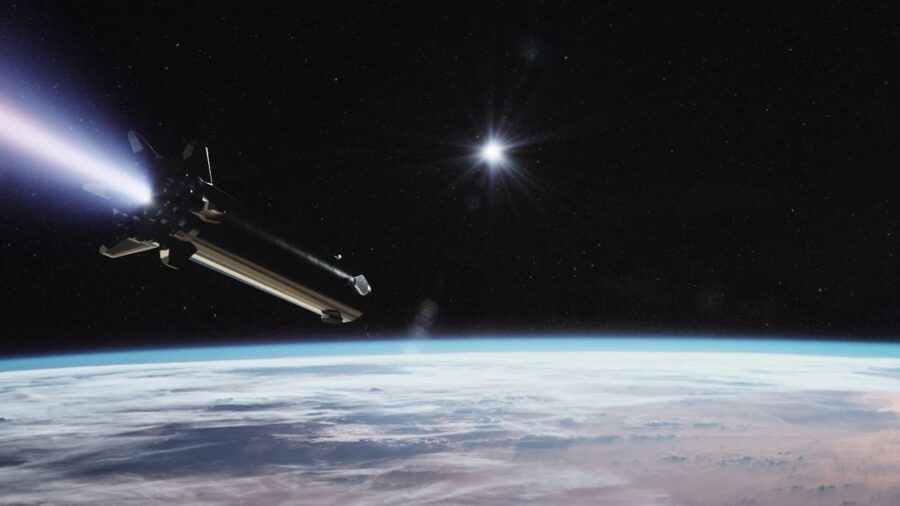
Starship and Mars. Reaching the outer limits of space travel. Elon Musk knows there need to be steps taken before he can get there. During his recent update on the status of Starship and its venture to Mars, he did not give an updated timeline. The hope, though, is to send cargo missions to Mars by 2022.
Reaching Mars with a cargo ship is one thing, but what about a city on the Red Planet? Musk estimates that upwards of 1,000 Starships would be needed to build said city. Close to one million tons of cargo, according to Musk, would be required for the development of a self-sustaining city. As Earth and Mars align only every 2 years, the thought is that it would take roughly 20 years to see this city built.
Per Inverse, Rick Tumlinson, a space industry venture capitalist, spoke to them on Musk’s lofty goals. “Even if he doesn’t go to Mars or the moon, the ability to deliver 100-plus people at a time to orbit, to space itself, is going to be the beginning of the biggest revolution in the history of humanity, if not life itself. Having the ability to climb out of the gravity well of Earth means we have the potential to make life and humanity immortal, unkillable.”
Even though Elon Musk has Mars in his crosshairs, this isn’t all on his mind. He also wants a lunar presence. Musk states that it would be “very exciting to have a base on the moon”, also feels that it’d be useful to have a lunar base focused on scientific research. SpaceX is also working to get the U.S. military on Starship. Transporting troops and supplies around the globe would only take minutes. While leery of this transportation opportunity, the Army is looking into Starship’s capabilities as it could be a less expensive way to move soldiers and supplies overseas.
The Reality Of SpaceX’s Starship
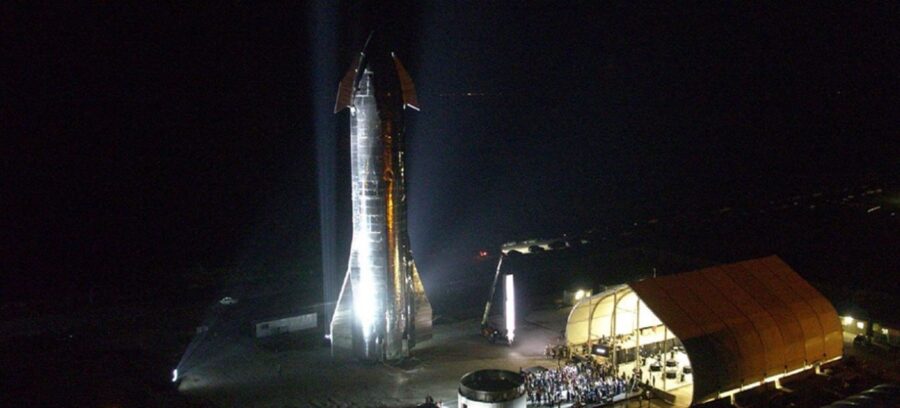
Can this happen? Can SpaceX’s Starship take Elon Musk to the Red Planet? All indications are that the answer is yes. SpaceX is putting together Starship with this single goal. The speed with which their working, even though their timeframes leave no room for error, is quite impressive. But like anything having to do with space, Starship is a wait and see undertaking. And Elon’s biggest skeptics are going to do just that.
But when all is said and done, the prospect of taking crews of up to one hundred to Mars is a daunting prospect for even Elon Musk himself. He understands the risk and the possibilities of not even making it to the planet. He recently wrote, “In the beginning, assuming you even make it there alive, Mars will be far more dangerous & difficult than Earth & take decades of hard labor to make self-sufficient. That’s the sales pitch. Want to go?” Well. Do you?












